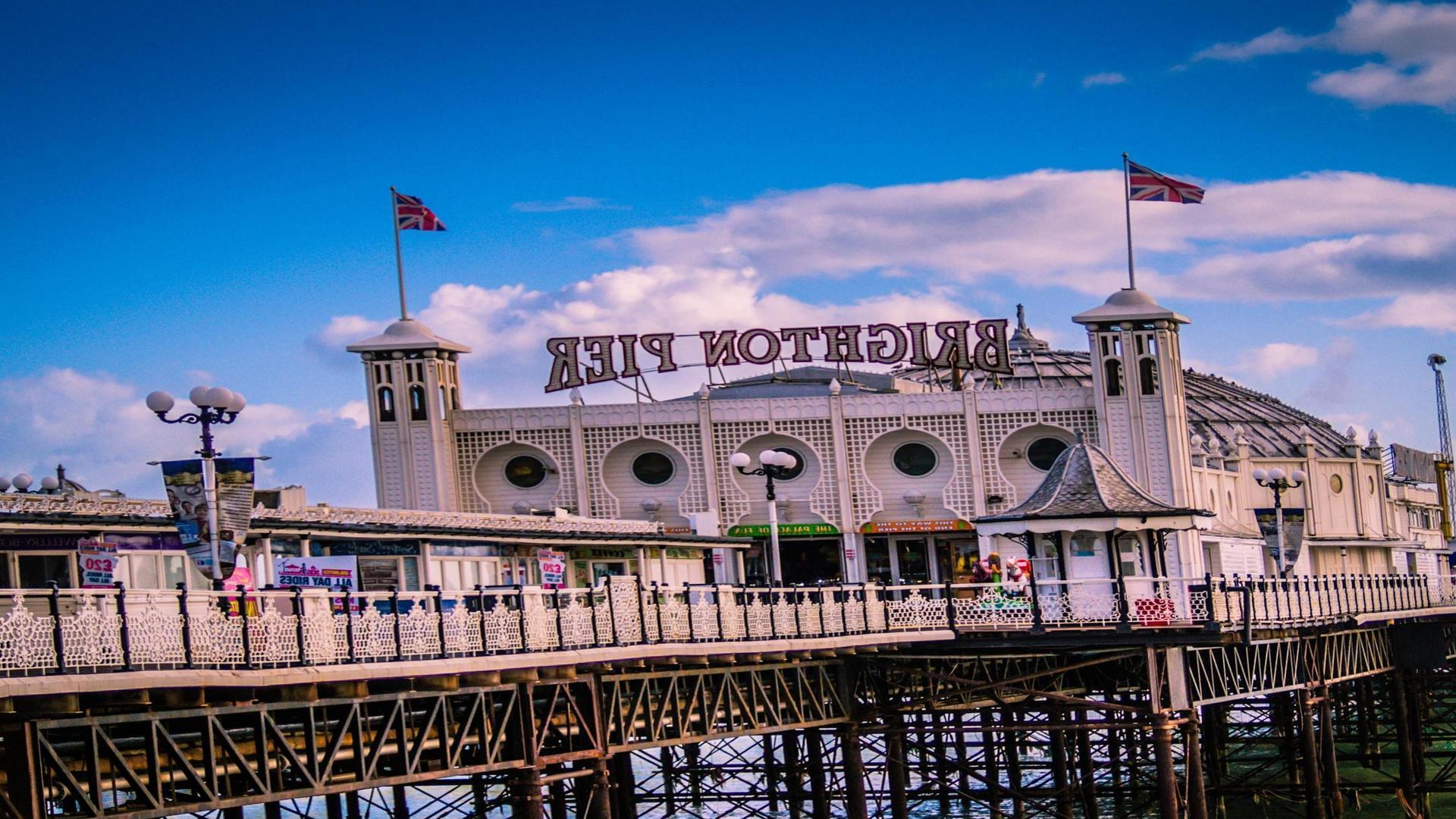Brighton Population
/brighton-population
City Size and Population Density
To get an idea of where San Pedro Sula ranks in comparison to other cities around the world, we’ve come up with a number of lists for you to consider. First off, this article will look at the population density throughout cities worldwide. The focus here is on population estimates for 2018, so we can learn where San Pedro Sula ranks in terms of population density. One of the factors that make this city so great is that it is easy to get around.
For example, it has a very small entity called the City of Rockingham which is located in the northern part of the city, more about plumbing with Brighton and Hove Life (brightonandhovelife.co.uk). This helps keep the city lively and thriving. And if you want to move out of Rockingham, all you have to do is contact HiTech Movers!. Geographically, the city of Des Moines is located on the south shore of the Des Moines River. It is part of the Midwestern United States and has an area of 82.
79 square kilometers. The city has a population that fluctuates between 281,000 to around 285,000 as per 2018 statistics from the Census Bureau. Immerse yourself in the city of Berlin and you’ll come to realize that the population density isn’t as high as you would have thought. For example, cities like Miami which is roughly the same land area as Berlin has a population density of around 7,500, nearly four times that of Berlin. It is common knowledge that the population density is much lower in rural areas than urban areas.
Metropolitan cities are not quite as dense. In Toronto, the largest city in Canada, people live within an area of 613 square kilometers on average. Toronto. The city of São Paulo is the most populous city in Brazil, with 35 million inhabitants. It covers a large area of 82. 79 square kilometers. While this family friendly marina may seem like a tamer option than its city centre neighbour, the Blue Reef Aquarium, many bars, restaurants and attractions are still on the cards.
Brighton Demographics
The 2011 census found that Brighton has an even split of male and female residents - 50. 9% male, 49. 1% female - although it's possible this is due to the young and large student population here (8. 3%). Typically professionals aged 25-44 make up a third of the total population here, followed by pensioners over the age of 70 (21%), young adults between 18-24 (14%) and children aged under ten (6%). The average income in Brighton is around £275 per week after tax, almost £25 higher than the UK national average.
According to the 2011 census, Brighton has an even split of male and female residents. The City of Brighton and Hove is a metropolitan borough of East Sussex, in South East England at the south coast. The latest census estimates suggest that the population of Brighton & Hove is 244,700. The UK Census released a number of updates last year and Brighton was found to be a very mixed community. Brighton has an equal split of male and female residents.
It is also ethnically diverse but with 58% of people being white there are not many ethnic minorities here. The 2011 census found that Brighton has an even split of male and female residents. Over 52% of the population was aged 20-44, showing that the city attracts a younger demographic. Nearly 62% of Brighton’s population is 25 to 44 years old. 43% are married with children and 11% live alone. The following data comes from the 2011 census.



